

A new face in the UK sales team!
Louis Wilmot joined Pi at the beginning of January 2022 to provide sales and applications support to Pi’s customers in the South, South West, Midlands, North West of England and
The OxySense DO analyser range of online Dissolved Oxygen Meters utilises the very latest and best optical sensor available in the world today. It is an optical luminescent device which is extremely resistant to abrasion, extremely stable, and has greatly reduced maintenance and whole life costs. Coupled with the automatic self cleaning and self verification, the OxySense online DO analyser is as close to ‘fit and forget’ as it gets.


The OxySense comes in two sensor forms. The OxySense S is designed specifically for dipping into aeration lanes or oxidation ditches. It is fully waterproof and comes with self cleaning as standard.
The OxySense A uses exactly the same technology but the sensor is mounted in a smaller body designed to go in a flow cell.
Pi has developed a special end cap that screws onto the end of the sensor. It is smooth and low profile to reduce the possibility of ragging. An air blast cuts across the flat sensor end helping it clean.
When the sensor is being cleaned the design of the end cap means that the water is excluded from the end cap by the force and volume of air. This cleans the end cap (lumiphore) and exposes the sensor to air. The sensor then reads the DO in air (which is much greater than in water) and that response is measured. If the response is not what is expected an error is flagged for the operator to intervene.
How often and for how long the sensor is cleaned is set on the simple controls on the analyser itself. It is also possible to set a ‘hold’ for the output from the analyser to ensure that the control is not affected by the self clean. This ‘hold’ starts at the beginning of the cleaning cycle and continues for a user defined time after the cleaning cycle.
That depends on the process but three years is typical.
Yes very! You just pull the old one off and push the new one on. No need to enter anything on the analyser.
Yes, a clean pressurised water supply can be used instead of compressed air to clean the sensor, however the self verification function would not work if water is used to clean the sensor.
No, there are no moving parts beneath the water. All moving parts are easily accessible.
Measuring dissolved oxygen in water can be done using a variety of methods. Online these are generally of two types, “electrochemical” and the later type “optical”. There are variations within these two groups but fundamentally the electrochemical sensors measure the rate of an electrochemical reaction that is changed by the presence of oxygen and the optical devices measure the amount of light of a particular wavelength that is given out by an optically sensitive material that is also influenced by the amount of oxygen dissolved in water. The advantage of the optical devices is that they require less maintenance, but they are more expensive.
Dissolved oxygen in water is normallly measured with a “hand-held” device or with a continuous online analyser such as the OxySense from Pi.
Oxygen is introduced to water through plant photosynthesis in the aquatic plants, or though the dissolution of oxygen from the air. The total amount of dissolved water varies but is generally between 6.5 mg/L (ppm) and 8.5 mg/L (ppm). The warmer the water is the less oxygen can be dissolved in the watwr and the more polluted the water is the less dissolved oxygen will be present.
The colder the water the more oxygen can dissolve in water. The more green aquatic plants that are producing oxygen from photosynthesis the more dissolved oxygen there will be and the fewer pollutants or organisms that use up the oxygen the more dissolved oxygen there will be. In wastewater treatment dissolved oxygen is increased by blowing air through the water to replace the oxygen used up by the micro-organisms in wastewater.
Focus Ons are a series of short articles distributed by email providing technical information regarding instrumentation, process measurement in potable, waste, process and pool waters. If you would like to join the mailing list, please contact us.
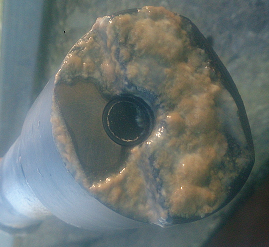















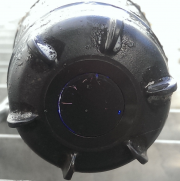

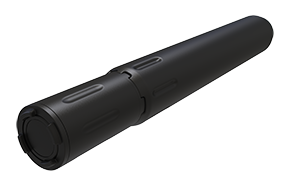



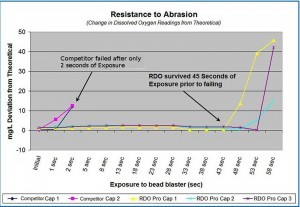

| Document | Type | Size |
|---|---|---|
| OxySense | Brochure | 6.1mB |
| NIW DO Trial | Article | 1.2mB |
| Dissolved Oxygen Meter for Aeration Control | Technical Note | 602kB |
| AirFlush | Technical Note | 594kB |
| Probe Fouling | Technical Note | 459kB |


Click on the following for help
> Help with your application
> Technical help with your Analyser
> Help choosing a product


Louis Wilmot joined Pi at the beginning of January 2022 to provide sales and applications support to Pi’s customers in the South, South West, Midlands, North West of England and
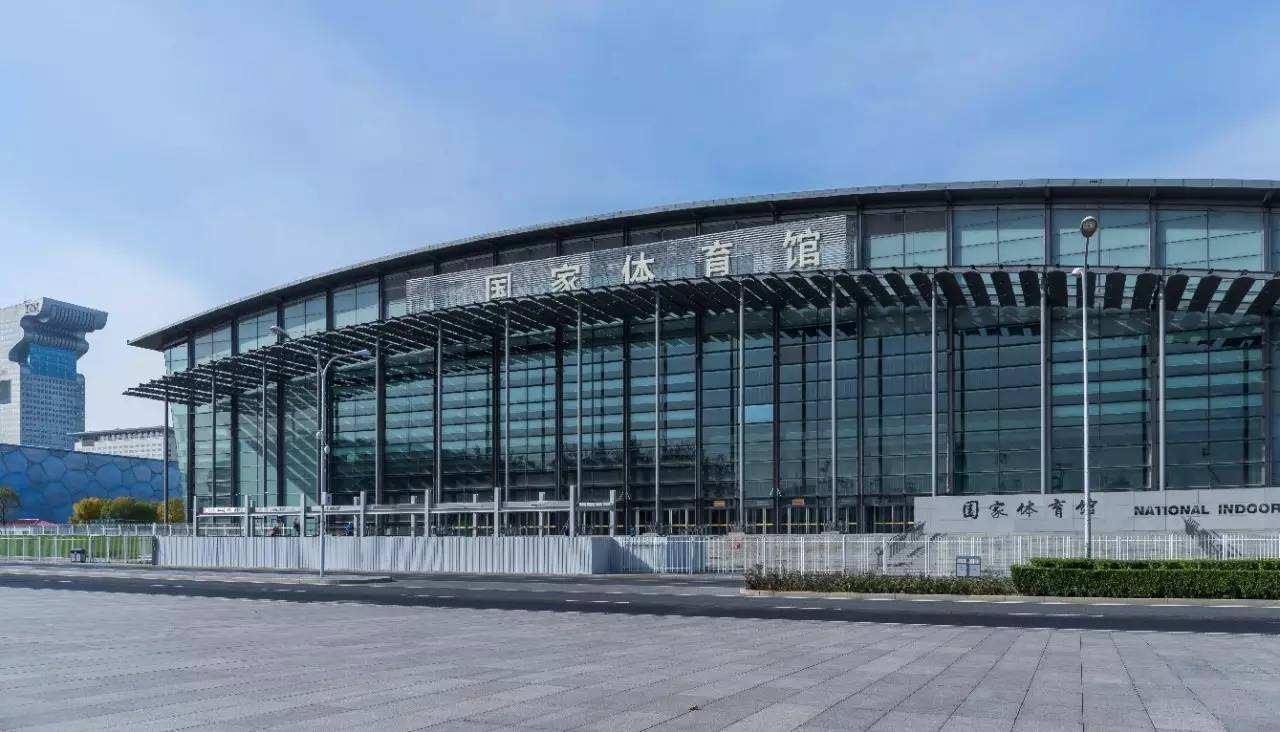

Pi’s representatives in China have completed installation of two recirculating cooling water systems at the China National Indoor Stadium, one of the venues hosting the ice hockey tournament at the


A multi-parameter analyser from Pi attracted many customers to Beijing Anyuan’s exhibition space at the China Water Supply Conference 2021 and Pi’s representative based in China, Chen Jiang, was there
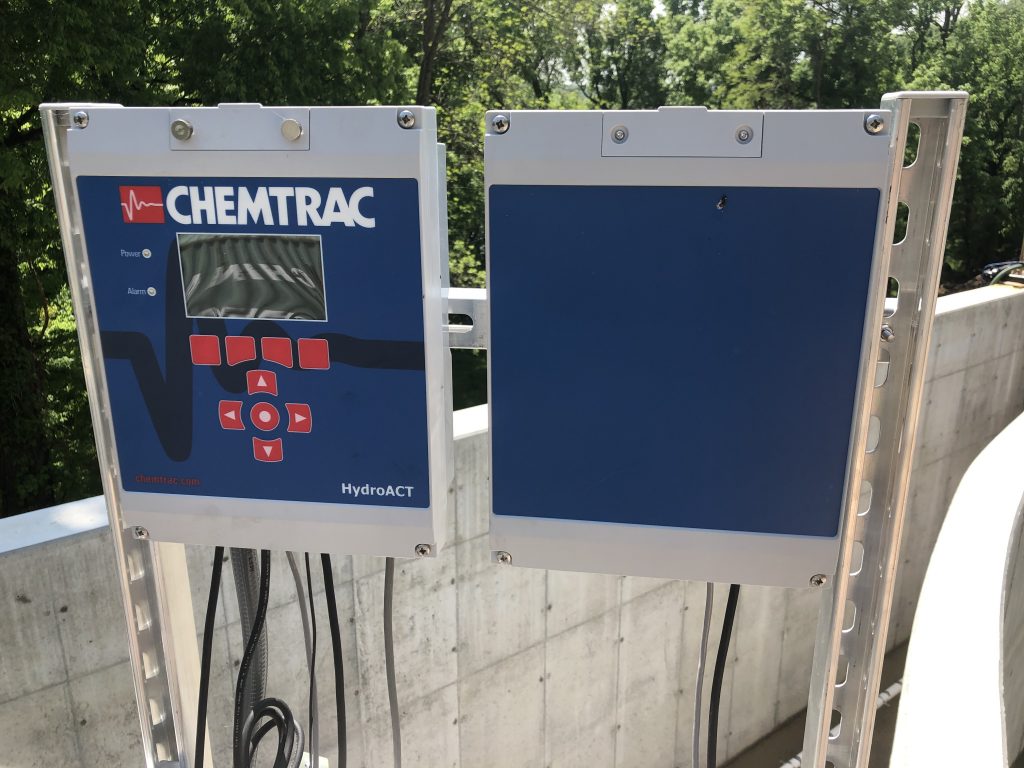

A new Dissolved Oxygen (DO) monitor and ORP monitor with automatic sensor cleaning from Process Instruments, via its North American municipal water and waste water partner (Chemtrac Inc.), has recently


Dissolved Oxygen sensors almost always require self-cleaning to ensure accurate readings in difficult applications like aeration lanes on waste water treatment works. Pi releases two new Dissolved Oxygen sensors Pi










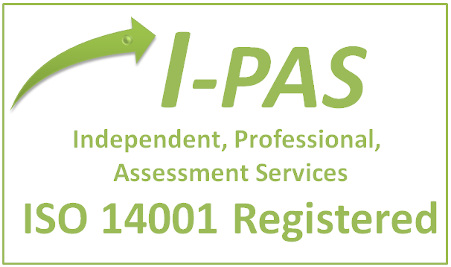





Subscribe to receive technical and applications information in the following categories: